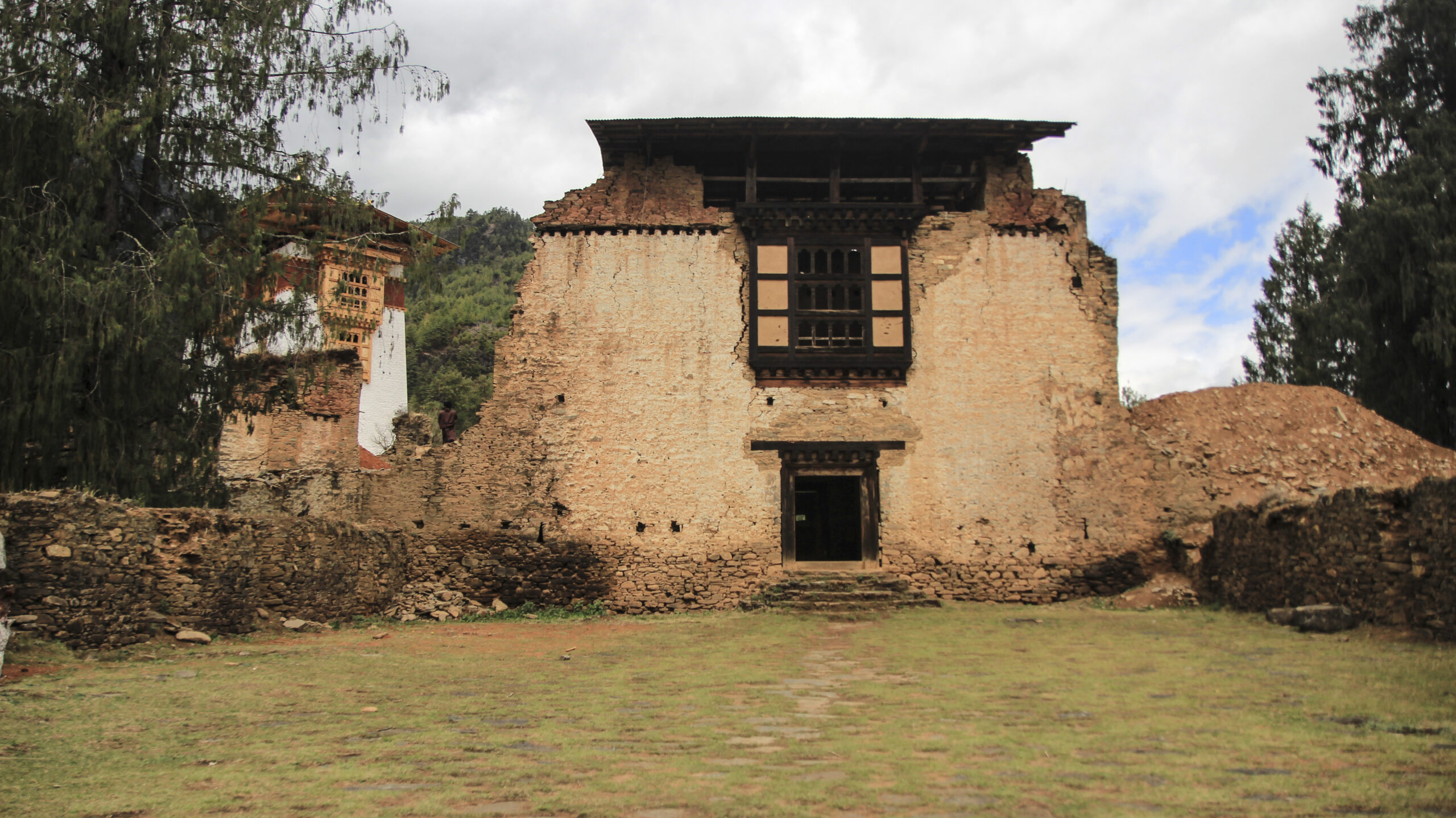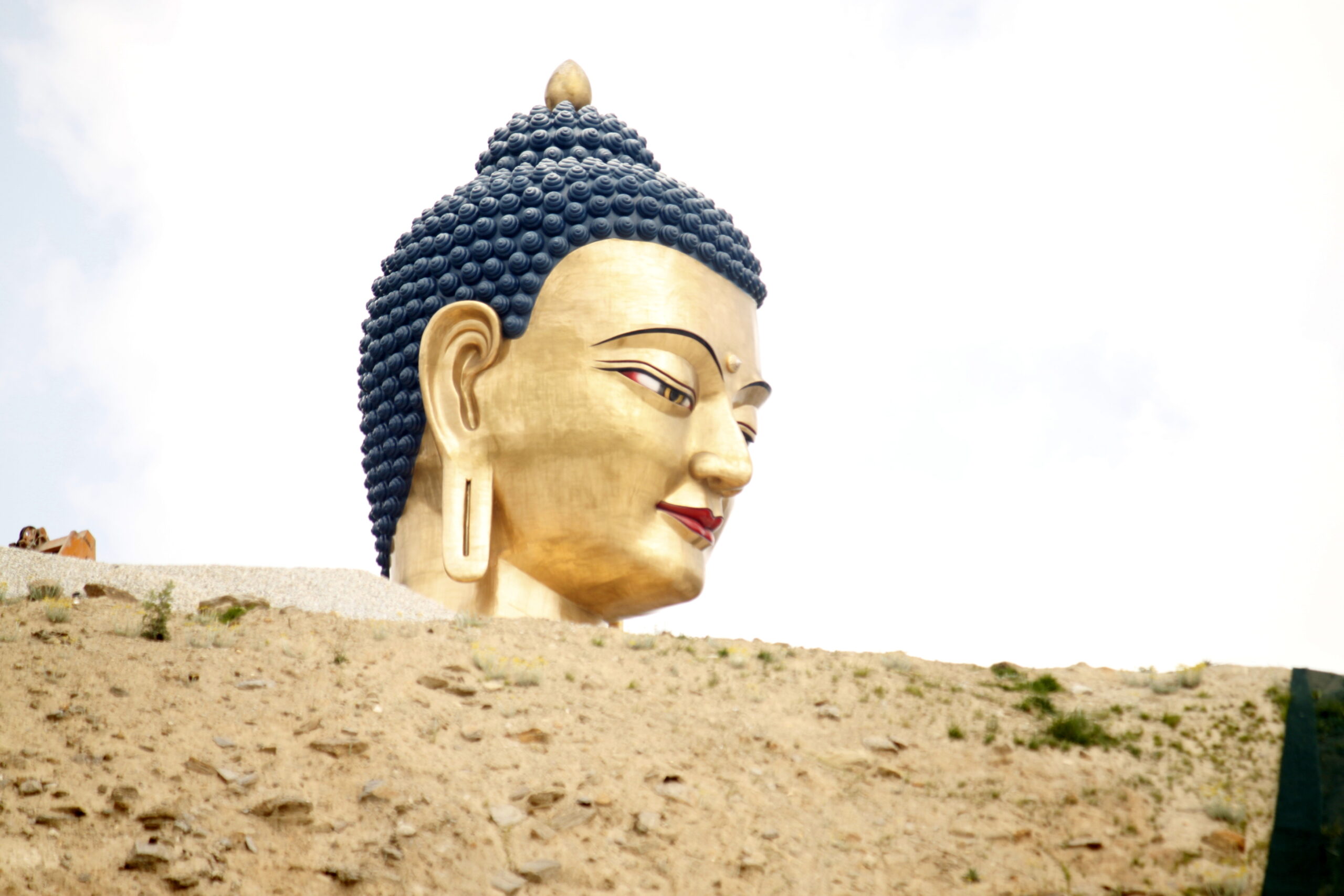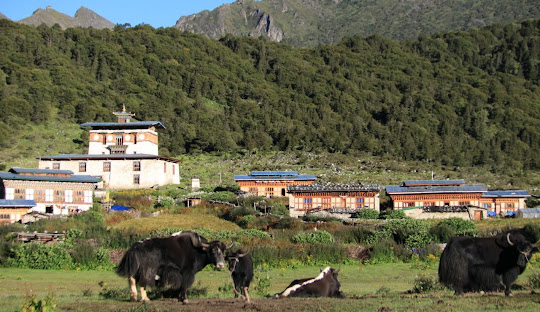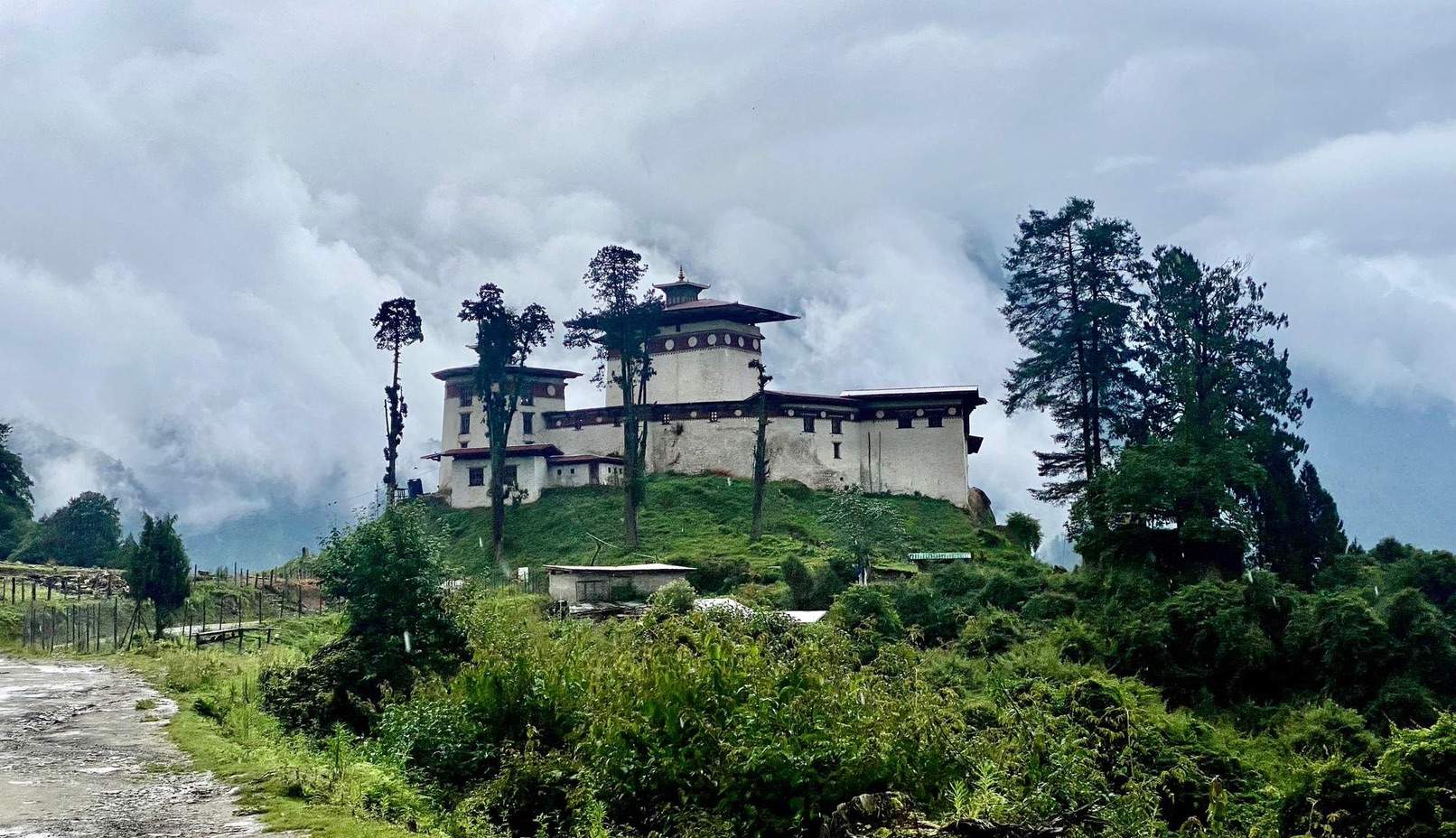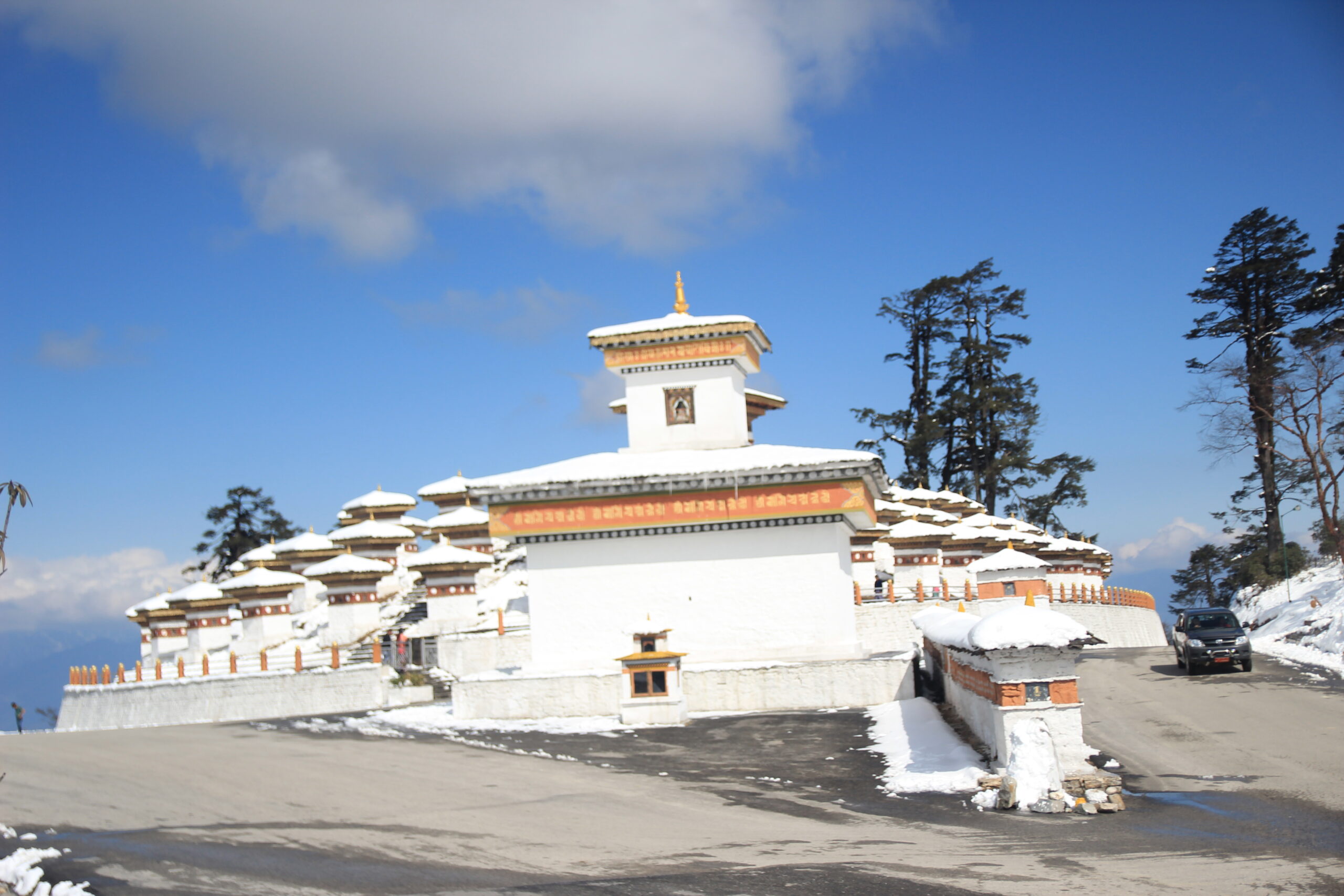- 2
- 1
- 1
- 3
Gasa - Face to Bhutan Tours and Treks
Gasa: Bhutan’s Pristine Wilderness
Gasa, the northernmost district in Bhutan, is a land of stunning natural beauty, pristine wilderness, and rich cultural heritage. Known for its dramatic landscapes, Gasa is home to the snow-capped peaks of the Himalayas, lush forests, and abundant wildlife. The district is especially famous for the Gasa Dzong, hot springs, and the Jigme Dorji National Park, making it an ideal destination for trekkers, nature lovers, and those seeking Bhutan’s untouched natural wonders.
Getting to Gasa
Gasa is accessible by road from Punakha, a journey that takes around five hours by car through scenic mountain routes. The remote location makes Gasa one of Bhutan’s lesser-visited areas, preserving its serene and undisturbed atmosphere.
Weather
Gasa’s climate varies with elevation, featuring cold winters and mild summers. Winter temperatures can drop as low as -10°C, while summer temperatures range up to 18°C, with pleasant days for trekking and outdoor activities.
Popular Attractions in Gasa
Gasa Dzong (Tashi Thongmon Dzong)
Built in the 17th century, Gasa Dzong stands as a fortress against invasions and symbolizes Gasa’s rich history. The dzong sits majestically against the backdrop of the Himalayas and serves as the administrative center of Gasa. Each year, it hosts the colorful Gasa Tshechu, a festival celebrating Bhutanese culture through dances and rituals.
Gasa Hot Springs (Gasa Tshachu)
Known for their healing properties, Gasa’s hot springs are a popular retreat for both locals and visitors. The naturally heated mineral springs are said to relieve ailments and offer a relaxing experience, especially during the colder months. The springs are nestled in a beautiful setting near the banks of the Mo Chhu river.
Jigme Dorji National Park
Gasa hosts a large part of Jigme Dorji National Park, Bhutan’s second-largest national park and a haven for biodiversity. It is home to endangered species like the snow leopard, blue sheep, red panda, and takin. The park also includes important trekking routes, such as the Snowman Trek, one of the world’s most challenging and breathtaking treks.
Laya Village
Situated within Jigme Dorji National Park, Laya is one of Bhutan’s most remote and picturesque villages. Inhabited by the Layap people, who have their own unique customs and dialect, Laya offers visitors a rare cultural experience. The annual Royal Highlander Festival, held in Laya, celebrates highland life and features cultural programs, traditional games, and yak races.
Snowman Trek
Gasa is the starting or endpoint for the legendary Snowman Trek, one of the world’s toughest treks. Traversing high mountain passes, this trek offers unmatched views of Himalayan peaks and is a challenge for seasoned trekkers looking to experience Bhutan’s most remote regions.
Gasa’s Medicinal Herbs
The high-altitude environment of Gasa is home to a variety of rare medicinal plants, which are used in Bhutanese traditional medicine. Guided herbal tours are available, where visitors can learn about these plants and their uses.
Gasa offers an experience unlike any other, blending natural beauty, cultural authenticity, and adventure. Whether you’re soaking in healing hot springs, exploring ancient dzongs, trekking through the Himalayas, or learning about local highland traditions, Gasa provides a unique insight into the spiritual and natural essence of Bhutan.
